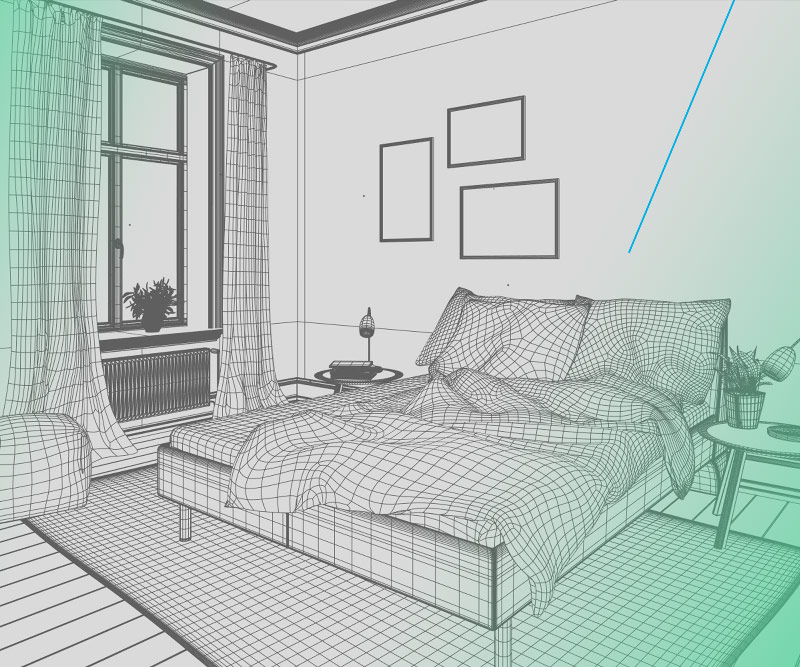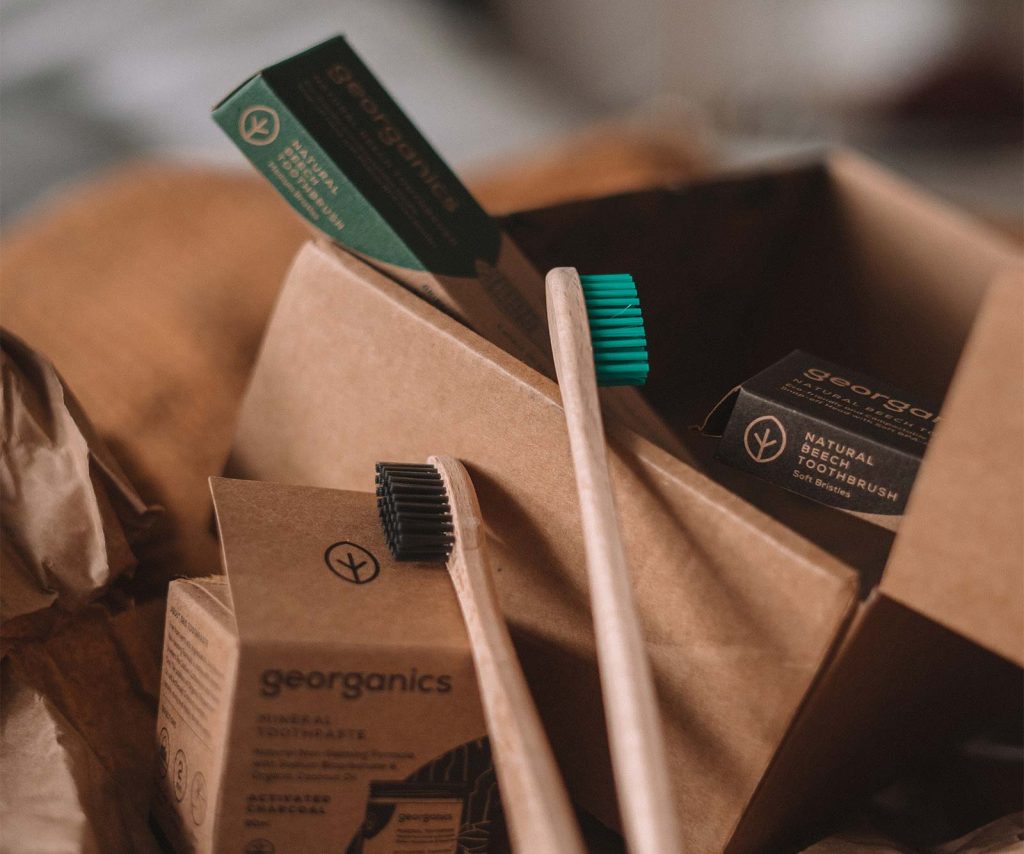Packed to seduce

The receipt is once again longer than the actual shopping list. Almost everyone knows this. But why does impulse buying happen, and what role does packaging play in it?
An impulse purchase is an unplanned act of buying. The reason for this is a spontaneous stimulus through which products end up in the shopping cart that were not previously planned. Often, these are complementary products; be it the right wine for the planned dinner with friends or a matching belt for the pants. A coincidence, you might think. But this is not so.
Eyecatcher packaging
It is precisely the packaging design that plays an important role in impulse buying. The packaging is closely related to the product. But for a product to be bought spontaneously, it must first of all do one thing: attract attention at the POS. The packaging design must ensure this. It must be eye-catching and also stand out from the packaging of competing products. Only then is it more likely to be perceived – positively or negatively – by potential customers. Be careful when choosing a differentiating approach: It, too, must address the needs of customers and clearly bring the USP, the unique selling proposition of the brand, to bear in the market environment.
Further factors, such as the emotionalization of packaging, also have an influence on the spontaneous purchase decision of potential customers and can have a sales-promoting effect. Positive emotions are crucial, and they can be generated by materials, color schemes, shapes, fonts or images. But a humorous message or a surprise can also be effective. How about, for example, a provocative saying on a smoothie container?
However, it is not only the emotions and visual differentiation that are relevant in impulse buying, but also the placement at the POS. Skillfully staged at the checkout or by means of a creative secondary placement, attractively packaged products trigger even more purchase impulses.
So packaging plays a central role when it comes to triggering spontaneous purchase decisions. Building on the brand positioning, it fulfills far more than the mere protective function of a product thanks to convincing, customer-oriented design.


